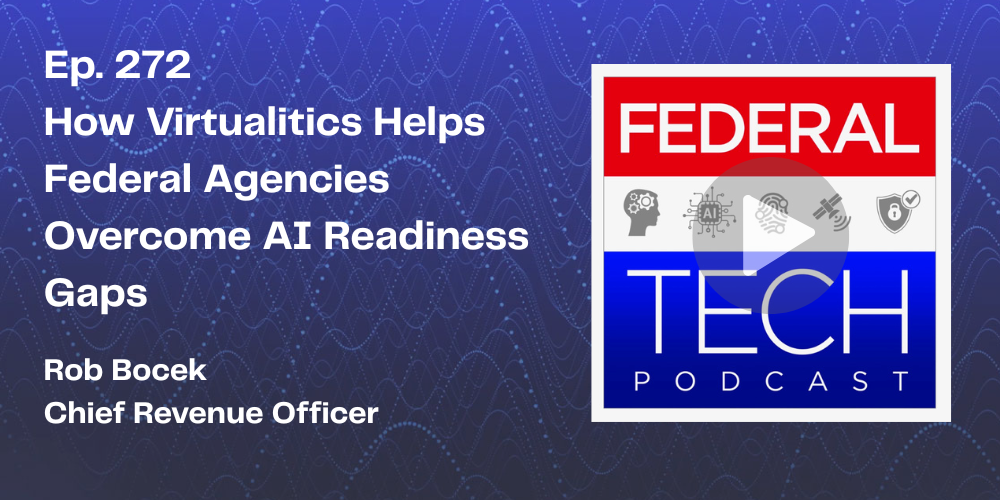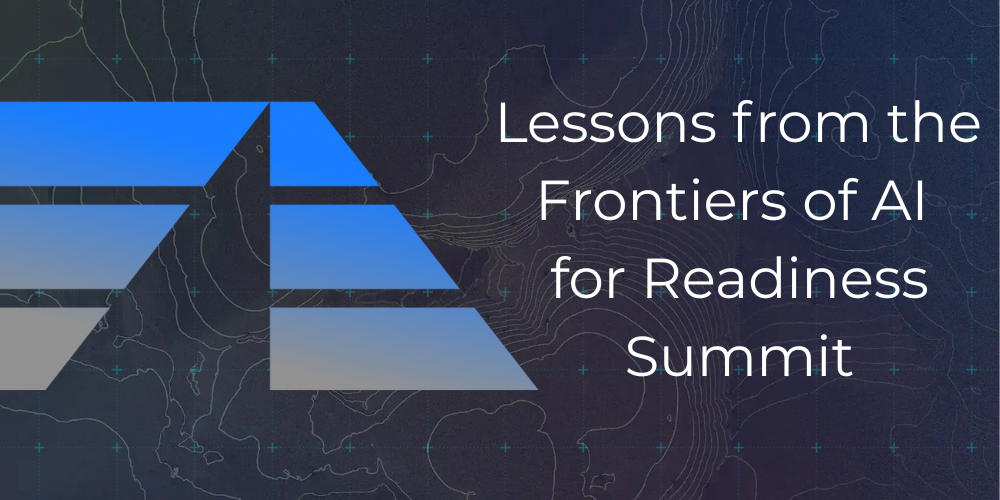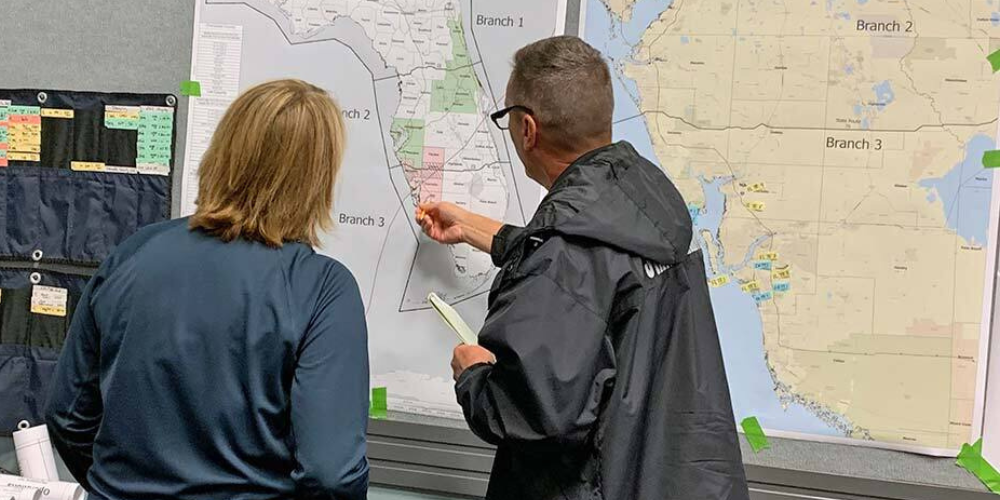Trade execution slippage can cause major problems for financial traders and investors ranging from reduced profits to a loss of confidence and portfolio damage. Repeated slippage is even worse, encouraging traders to abandon brokers or leave the market altogether. If financial institutions want to build resilient portfolios and increase confidence in their performance it’s critical that they use their data to help combat slippage.
What is Trade Execution Slippage?
From a mathematical perspective, slippage is fairly simple: it’s the difference between the expected price of a trade and the actual price at which it is executed. It can occur in any financial market, but it is most common in volatile markets where prices are changing rapidly.
While the math is straightforward, there are a lot of different reasons why slippage can happen:
- Market volatility: When prices are moving quickly, it can be difficult for brokers to execute trades at the desired price.
- Liquidity: If there is low liquidity in a market, it may be difficult to find a buyer or seller at the desired price.
- Order type: Market orders are typically executed at the best available price, but this leaves room for slippage.
- Brokerage fees: Brokerage fees can also contribute to slippage, especially for small trades.
Slippage can have a significant impact on trading profits and losses and it can add up over time, especially if you are trading large volumes. Because financial institutions typically manage a huge quantity of trades, minimizing slippage in trading can create a huge competitive advantage.
Minimizing Slippage through Advanced Data Analytics
There are some best practices that traders can use to minimize slippage, such as using limit orders, focusing trading in liquid markets, and avoiding trades during periods of high volatility. But in reality, slippage is a normal part of trading.
The good news is that better data analytics can also help minimize slippage. By analyzing historical data, traders can identify patterns and trends that can help them predict future price movements. This information can then be used to place more informed trades and reduce the risk of slippage.
The bad news is that analyzing the relevant data can be incredibly challenging and time-consuming. The datasets have the potential to be massive, both from the number of trades executed and the number of variables included to be analyzed. In our experience, it’s not uncommon for datasets to include between 300 and 400 variables in every trade. To really be able to use data to mitigate slippage, you must have a tool robust enough to handle the volume of data and with built-in guidance to help you find the right insight.
Gaining Traction Against Slippage Through Intelligent Exploration
“Due to the complexity of the data, finding significant patterns can be challenging and requires an understanding of how to apply advanced machine learning techniques” shares Yong Kim, Virtualitics Head of Solutions. “Virtualitics AI-guided Intelligent Exploration allows analysts without deep data science experience to quickly uncover patterns that could usually take hours or days.”
Financial analysts leading the way with Intelligent Exploration in the Virtualitics AI Platform can deliver more value and identify key trends, such as the times of day when a particular stock is most volatile. They can then recommend that their organization avoid trading during these times to reduce the risk of slippage. Intelligent Exploration can also identify the order types that are most likely to experience slippage. Teams can then avoid using these order types, or use them more strategically, to minimize the impact of slippage.
In addition to helping traders make more informed decisions, data analytics can also be used to develop and implement trading systems that are designed to reduce slippage. For example, a trader may develop a trading system that uses algorithms to automatically place trades at the best available prices. Or, a trader may use data analytics to develop a trading system that uses hedging strategies to reduce the risk of slippage.
Intelligent Exploration can also discover:
- Patterns and trends in market data: Data analytics can be used to identify patterns and trends in market data, such as price movements, order volume, and liquidity. This information can then be used to predict future price movements and place more informed trades.
- Backtesting trading strategies: Data analytics can be used to backtest trading strategies on historical data. This allows traders to see how their strategies would have performed in the past and identify any potential areas for improvement.
- Trading performance: Data analytics can be used to monitor trading performance and identify areas where slippage is occurring. This information can then be used to adjust trading strategies and reduce the impact of slippage.
Overall, the right data analytics tools can be a powerful ally in reducing slippage and protecting the profit and reputation of financial institutions. Learn more about how Virtualitics helps financial users in our free Intelligent Exploration for Financial Services e-book.






